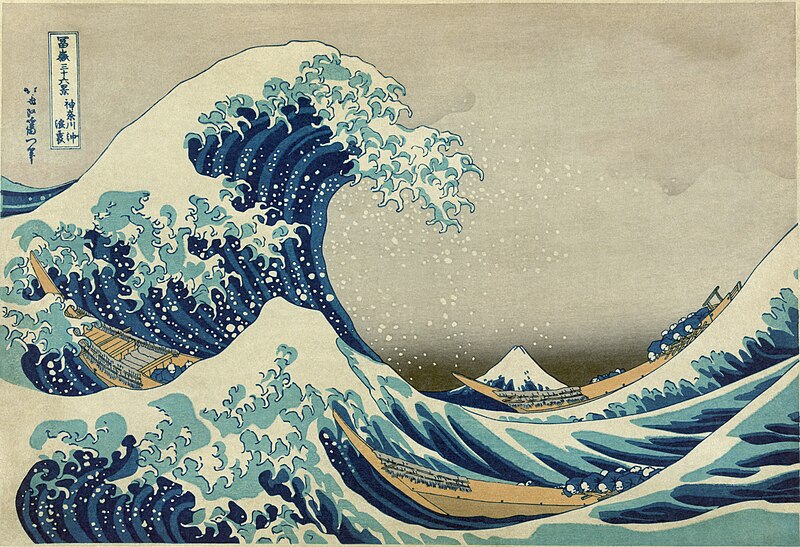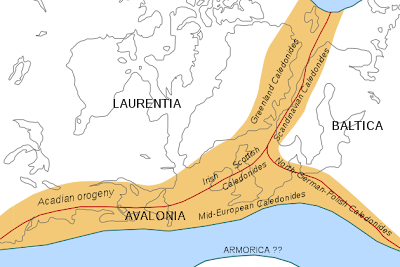Review of Strong Motion
Jonathan Franzen
Picador Press, 1992
I picked up this book after having read and enjoyed two of Franzen’s bestsellers: 2001’s The Corrections and 2010’s Freedom. These sprawling, ambitious critiques of post-modern American life have made Franzen a favorite of critics and fiction aficionados. Generally, his novels drift from character to character, exploring their convoluted personal histories as they converge around a central conflict. More often than not, this conflict surfaces as a multi-generational corporate conspiracy. I am a big fan of his precise and descriptive prose, but it is too easy to despise his characters for their willful fallibility, self-interest, and inability to be decent to one another.
Before he was famous enough to snub Oprah’s book club (which he did, notoriously in 2001), Franzen wrote a novel about earthquakes. Well, he wrote his usual novel, in which emotionally damaged individuals rattle in their dysfunctional families and unhealthy romances. But one of his main characters is a Harvard seismologist, and earthquakes persist throughout the book as metaphors and plot devices.
Louis Holland is a cynical college graduate who, feeling detached from society, isolates himself in a mundane job and retreats to his working-class suburb of Boston. When an unexpected Massachusetts earthquake kills an eccentric grandmother, issues over her inheritance inject new conflict into his already neurotic family. Louis meets Renée Seitchek, a young Ph.D candidate at Harvard who is investigating the origin of the tremors. As their romance develops, so does a narrative about the corporate malfeasance that underlies the seismicity.
Sweeting-Aldren, a DuPont-like chemical company, sits squarely on top of the earthquake epicenters. Partly out of academic interest, partly out of meanness towards family members who own stock in the company, and begrudgingly out of a sense of justice, Louis and Renée begin an investigation of the company’s ability to rupture New England’s dormant faults. They discover that in the 60’s Sweeting-Aldren may have drilled a 25,000 foot-deep exploratory hole in a misguided search for deep petroleum reserves. There is also a mystery as to the location of thousands of gallons of the company’s toxic waste. If Sweeting-Aldren has been pumping their waste deep under-ground, they conjecture, then they could be inducing seismicity through high fluid pressures and lubrication of ancient fault structures.
Readers who approach this book out of an interest in geophysics will discover that 90% of the novel is dedicated to developing the characters and exploring their personal vulnerabilities. However, if you like some existential musing with your seismology, it is well worth the read. Franzen is not a geophysicist, but his meticulous research makes the book convincing and elegant. The subplot concerning induced seismicity seems feasible (at least to me), and the novel cites several real-world examples. There was the famous 1960’s incident when the US Army pumped waste into an old borehole at the Rocky Mountain Arsenal, outside Denver. Earthquakes ensued. When the Army stopped pumping, the earthquakes stopped.(see Hsieh and Bredehoeft’s 1981 paper in the Journal of Geophysical Research for more.)
Part of what makes Franzen’s book worth reading now, twenty years after its publication, is the new relevance induced seismicity has for the geological community. Man-made reservoirs are known to be a source of earthquakes as the weight of dammed river forces pressurized water into faults. Reservoir-induced earthquakes may have caused hundreds in India and are a cause of concern over China’s Three Gorges Dam. Very recently, a geologist named Markus Haring was sued for inducing over 30 earthquakes while developing an enhanced geothermal project in Switzerland. Enhanced geothermal is basically similar to what happens in Strong Motion, without the toxicity- bedrock is fractured and pressurized water is injected at subsurface depths up to 5 km. The circulated water is turned into steam by heat and pressure, but unfortunately, this also tends to induce seismic activity. Hydraulic fracturing is also an important element of shale-gas extraction, and in the next few years we may see swarms of induced earthquakes showing up in Pennsylvania, New York, and Texas (some large earthquakes associated with shale gas drilling have already shaken Arkansas, in a story eerily similar to Franzen's.) I don’t know of any cases where real companies have induced earthquakes for such despicable reasons as Franzen’s fictional conglomerate, but the story is compelling. This is in large part due to the author’s ability to unpack the perceptions of geoscientists when natural disasters loom.
“By and large, the media and the public assumed that the research groups would issue urgent warnings if a cruncher appeared imminent; that this was what they’d come to Boston for. The groups themselves had no such plans. They were scientists and had come to gather information and advance their understanding of the earth. They knew, in any case, that the governor would never take the economically disruptive step of issuing an all-out warning unless most of the prediction methods agreed that a major shock was due. In the past, the methods had specifically not agreed about the timing, severity, and location of major earthquakes. This was why the methods were still being tested. When the groups said so, however, the public took it as modesty and continued to assume that somehow, should a disaster loom, a warning would be issued” (p. 248).
Few researchers, I think, would actually be so unconcerned about potential human suffering. However, this paragraph seems a neat little representation of the miscommunication that so often characterizes the exchange between experts and the public. Franzen also offers a cutting critique of the way that we tend to fetishize natural disasters:
“And now the disaster which had been promising to make you feel that you lived in a special time, a real time, a time of the kind you read about in history books, a time of suffering and death and heroism … now a disaster of these historic proportions had come, and now you knew it wasn’t what you wanted either… because now you could see that the earthquake was neither history nor entertainment. It was simply an unusually awful mess” (p. 471).
This is a poignant reminder of the pain endured in very real earthquakes- such as the recent Christchurch quake in New Zealand. I think there are few victims who would say they were ennobled by the experience. Acts of heroism and selflessness certainly took place and were vital in saving lives, but the look on everyone’s face says that they wish the quake had never happened.
 |
| Liquefaction of the ground in New Brighton. Credit to Martin Luff. |
Topical and carefully-written- I would recommend this book.


































